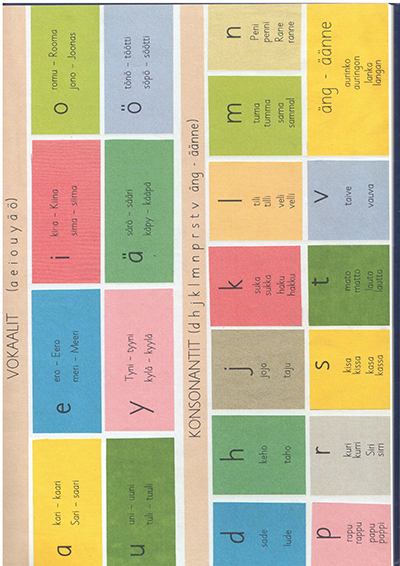| Sorted by date | |||
page005from KEY IDEAS IN SOCIOLOGY
conjuring up notions of personal autonomy
and self-reliance. Individualism, however, also has a darker side.
Individualism recasts the way people define
their ties to community and to other people outside of the orbit of family and
friends. This has broad implications. An example of this is seen in a letter
that Robert Bellah, one of the sociologists discussed in Chapter 4, sent to
President Clinton, criticizing him for signing a new welfare bill into law. The
bill was designed to prevent people from remaining on welfare for extended
periods of time. According to its proponents, the rationale for this
legislation was that poor people need to take responsibility for their own
lives. In this letter, Bellach (1996:65) contended, “We know that this punitive
legislation is popular because it resonates with the radical individualism that
has long been part of our culture.” Why did he believe this legislation was
punitive and in what ways did he see individualism as a culprit? Chapter 4, by
providing an overview of the history of individualism, will provide a clearer
sense of what Bellah is claiming and will help you to judge whether or not you
agree with him.
Modernity
In Chapter 5, we build on the preceding
chapters and return to the big picture, this time focusing on culture. It is
not always easy to define what is means to be modern, but at the outset of the
chapter, we will work through a provisional understanding of the central
features of modern culture. As you will see, modern culture cannot be
understood without appreciating the way it has been shaped by
industrialization, democracy, and individualism. As you will also see, however,
modern culture is more than the result of these influences, and it has a
reciprocal impact on them.
The topic of modernity will be approached
from several angles, including money, fashion, urban life, the mass media, and
mass entertainment. Moreover, by entering into the controversial debates about
postmodernism, you will get a sense of how modernity has evolved and how
contemporary social theorists are attempting to make sense of the cultural
transformations we are living through.
By the end of these four chapters, you will
not only appreciate the importance of these key ideas in their own right but
also have a better understanding of how they are interconnected. Moreover, you
will realize that these ideas not only were useful in understand the past but
also have contemporary relevance.
|
|||
|
|||
|
|
 ... ...
... ... ... ...
... ... ... ...
... ... ... ...
... ... ... ...
... ... ... ...
... ... ... ...
... ... ... ...
... ... ... ...
... ... ... ...
... ... ... ...
... ... ... ...
... ... ... ...
... ... ... ...
... ... ... ...
... ...